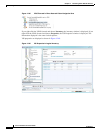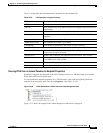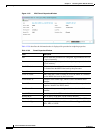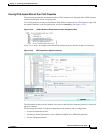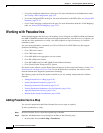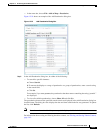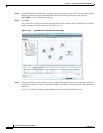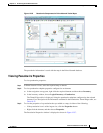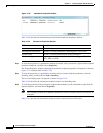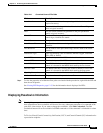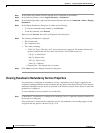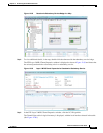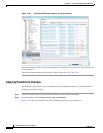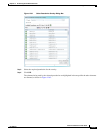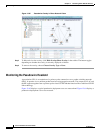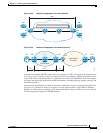
12-94
Cisco Prime Network 4.0 User Guide
OL-29343-01
Chapter 12 Monitoring Carrier Ethernet Services
Working with Pseudowires
Figure 12-57 Pseudowire Properties Window
Table 12-40 describes the information presented in the Pseudowire Properties window.
Step 4 To view the properties of a pseudowire endpoint associated with a pseudowire, right-click the required
pseudowire endpoint, and then choose Properties.
The Tunnel Properties window containing the pseudowire endpoint properties is displayed as shown in
Figure 12-51 and described in Table 12-39.
Step 5 To view the properties of a pseudowire switching entity associated with the pseudowire, select the
switching entity, and then choose Node > Inventory.
The Local Switching table is displayed as shown in Figure 12-41.
Table 12-36 describes the information displayed in the Local Switching table.
Step 6 To view the properties of the pseudowire endpoint that terminates on the subinterface, right-click the
required interface, and then choose Properties.
Note The selected port must be an Ethernet subinterface for the Contained Current CTPs table to be
displayed.
Table 12-41 describes the information displayed in the Contained Current CTPs table.
Table 12-40 Pseudowire Properties Window
Field Description
Name Name of the pseudowire.
Multisegment Pseudowire Whether or not the pseudowire is multisegment: True or False.
System Name Internal or system-generated name of the pseudowire.
Pseudowire Type Type of pseudowire, such as Ethernet, Ethernet Tagged, CESoPSN
Basic, PPP, or SAToP.



